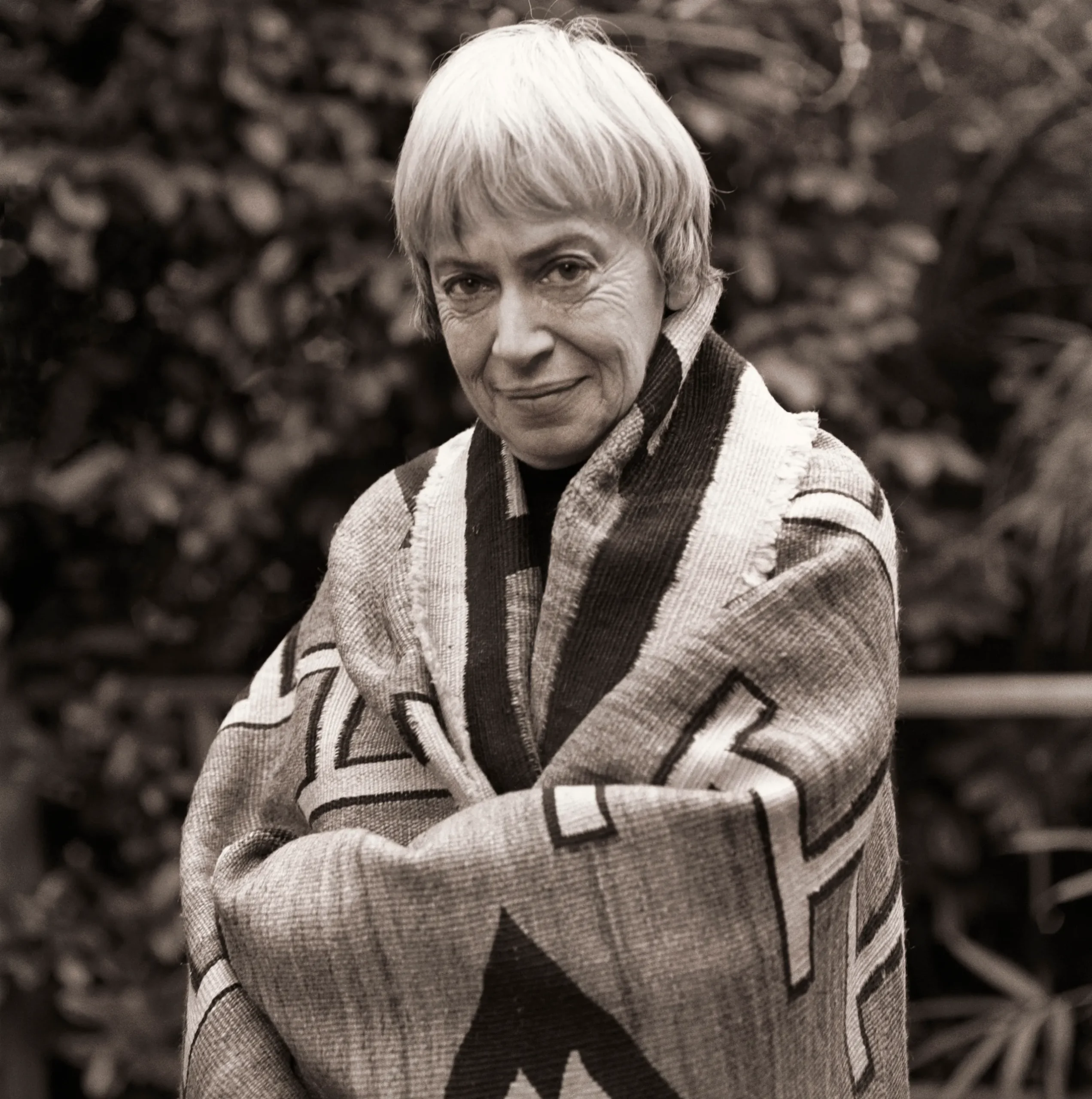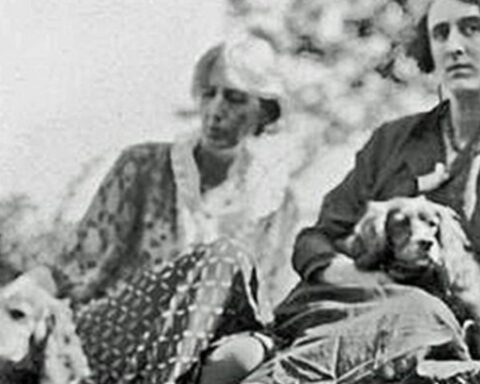Ursula K. Le Guin stands as a towering figure in the realms of science fiction and fantasy literature. Born in Berkeley, California, on October 21, 1929, she grew up in an intellectually stimulating environment, the daughter of anthropologist Alfred L. Kroeber and writer Theodora Kroeber. Her early exposure to cultures and stories outside of the mainstream American narrative greatly influenced her perspective and storytelling. Le Guin’s academic journey saw her major in Renaissance French and Italian literature, earning a Master’s degree from Columbia University.
Le Guin’s literary career began in earnest during the late 1950s and 1960s, a period when science fiction and fantasy were often dismissed by the literary elite. Through a blend of imaginative world-building and profound philosophical inquiry, she elevated these genres to new heights. Her fiction is known for its anthropological depth and psychological complexity, addressing themes such as gender, identity, and the essence of humanity. These explorations are evident in seminal works like “The Left Hand of Darkness” and “The Dispossessed,” where she deftly uses speculative worlds to mirror and critique societal norms and issues.
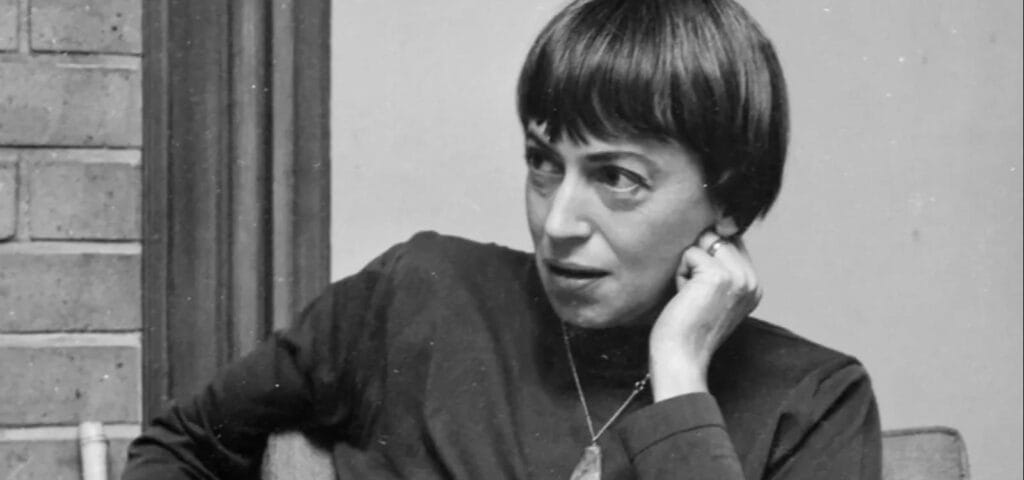
A notable aspect of Le Guin’s writing is her literary philosophy that champions the power of storytelling as a means to explore and understand the human condition. She believed in the profound capacity of books to shape and reflect societal change. In her Earthsea series, for example, she delves into questions of power, mortality, and the journey towards self-acceptance. Her exploration of fluid gender and identity in “The Left Hand of Darkness” challenged and expanded the boundaries of science fiction.
Throughout her career, Ursula K. Le Guin received numerous accolades, reflecting her significant impact on literature. She won multiple Hugo, Nebula, and Locus Awards, among others, and received the National Book Award in 1973 for “The Farthest Shore.” In 2000, Le Guin was named a Grand Master of the Science Fiction and Fantasy Writers of America, cementing her legacy as one of the genre’s most important voices.
Ursula K. Le Guin’s works continue to inspire readers and writers alike, affirming her status as a luminary of speculative fiction. Through her thought-provoking themes and rich, engaging narratives, she has left an indelible mark on the world of literature.

The Hainish Cycle
Ursula K. Le Guin’s Hainish Cycle is a monumental series that stands as a testament to her masterful storytelling and deep philosophical insights. The series is not bound by traditional sequel conventions but instead consists of loosely interconnected novels and stories, each contributing its essence to the broader mosaic of themes and ideas. At its core, the Hainish Cycle explores cultural diversity, political intrigue, and profound human conflicts.
One of the most renowned works in the Hainish Cycle is The Left Hand of Darkness. This novel introduces readers to the planet Gethen, where inhabitants possess the unique ability to change sex. Through the eyes of the protagonist, Genly Ai, Le Guin delves into themes of gender fluidity and the social constructs surrounding identity. The novel challenges conventional societal norms, prompting readers to rethink the very ideas of gender and sexuality.
Another significant novel is The Dispossessed, which provides a narrative that deeply probes political philosophy and societal structures. The story revolves around two contrasting societies: Anarres, an anarchist utopia, and Urras, a capitalist society. Through the protagonist Shevek, a physicist from Anarres, Le Guin explores the complexities of freedom, the pitfalls of utopian ideals, and the inherent conflicts in human nature. This narrative serves as a compelling critique of both capitalism and socialism, urging readers to contemplate the balance between individual liberty and collective responsibility.
Rocannon’s World is another cornerstone of the Hainish Cycle. This novel tells the tale of the anthropologist Rocannon who discovers a richly diverse planet with an array of cultures and technologies. The book exemplifies Le Guin’s talent for world-building and her persistent theme of cultural diversity. It serves as a precursor to her later works, establishing groundwork for the intricate and interconnected universe of the Hainish Cycle.
Through these works, Ursula Le Guin doesn’t merely tell a story; she crafts a multi-dimensional exploration of human society, posing questions that encourage introspection and challenge entrenched ideas. The Hainish Cycle stands as a remarkable achievement in literature, resonating with readers and scholars alike for its innovative approach to speculative fiction and its enduring relevance to contemporary societal issues.
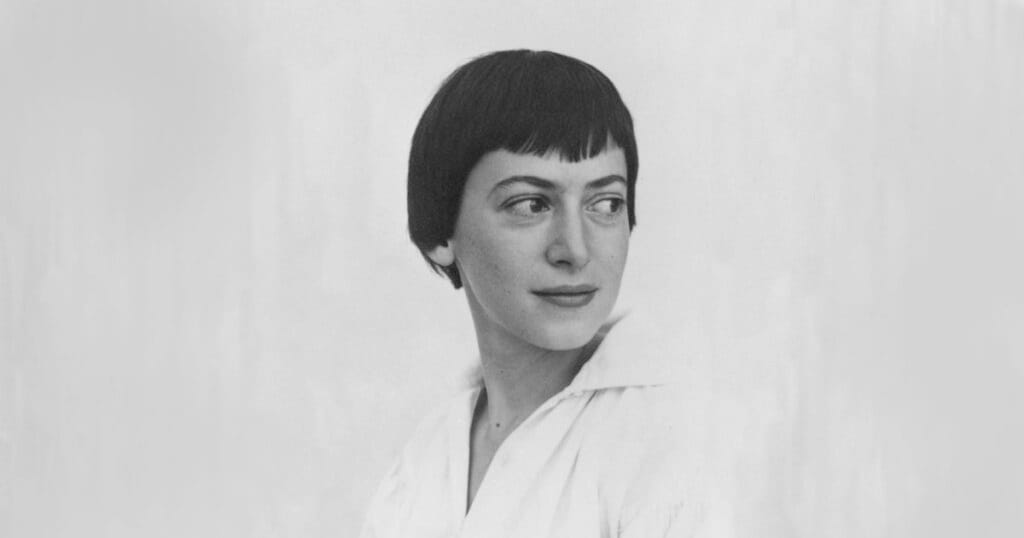
The Earthsea Series
Ursula K. Le Guin’s landmark contribution to high fantasy, the Earthsea series, stands as a testament to her mastery of the genre. Beginning with “A Wizard of Earthsea,” Le Guin introduces readers to a world richly crafted with meticulous attention to detail, vibrant in both its natural and supernatural elements. The series comprises “The Tombs of Atuan,” “The Farthest Shore,” “Tehanu,” and “The Other Wind,” each building on the last to form a deeply intertwined narrative quilt. Le Guin’s books reverberate with themes deeply rooted in human experience, making the moral and existential questions her characters confront all the more compelling.
A key element of Earthsea is its sophisticated magic system, which adheres to the principle of equilibrium. Magic is not a mere tool for achieving ends but embodies ethical dimensions that impact both the user and the world around them. For instance, in “A Wizard of Earthsea,” the young protagonist Ged must learn that true mastery involves understanding and respecting the natural balance. These ethical implications set Le Guin’s Earthsea apart from other fantasy literature, emphasizing wisdom and moral responsibility over sheer power.
Another cornerstone of the Earthsea series is Le Guin’s complex characterization. From Ged’s journey of self-discovery in “A Wizard of Earthsea” to Tenar’s emancipation from cultural and spiritual shackles in “The Tombs of Atuan,” the characters are meticulously developed. They present a multifaceted exploration of identity, freedom, and interconnectedness. Le Guin does not shy away from exposing her characters to profound moral and existential questions, making their journeys resonate deeply with readers.
The Earthsea series has notably impacted the fantasy genre, compelling writers and readers alike to reconsider conventional tropes and archetypes. Le Guin’s innovative narrative style and thought-provoking themes contribute to its enduring appeal. The series’ influence extends beyond the confines of genre literature, touching readers of all ages and making it a lasting cornerstone in the realm of high fantasy.
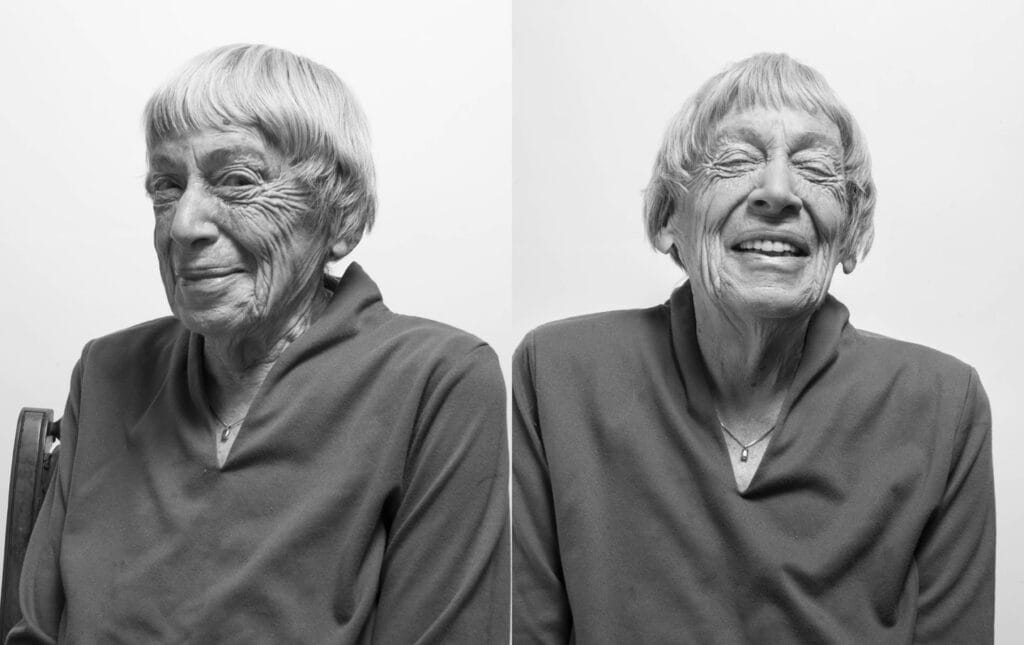
Other Noteworthy Works and Legacy
Beyond the acclaimed Hainish Cycle and Earthsea series, Ursula K. Le Guin’s literary repertoire is rich with standalone novels, short stories, essays, and poetry that exhibit her extraordinary versatility as a writer. Her novel “The Lathe of Heaven,” for example, navigates the murky waters of reality and dreams, presenting a dystopian vision that challenges the reader’s perception of what is real. “Lavinia,” on the other hand, reveals her adeptness in historical retellings by reimagining the silent character from Virgil’s “Aeneid,” offering profound insights into myth and history.
Another unique piece in her oeuvre, “Changing Planes,” showcases Le Guin’s talent for speculative fiction through a collection of interlinked short stories. This work exemplifies her aptitude for creating intricate, thought-provoking narratives that transcend typical genre boundaries. Her short stories, too, remain an essential aspect of her legacy; through collections such as “The Compass Rose” and “The Wind’s Twelve Quarters,” Le Guin delves deeply into the human condition, exploring themes of identity, ethics, and society with unparalleled nuance.
Not limited to fiction, Le Guin was also a prolific essayist and poet. Her essays, compiled in volumes like “The Language of the Night” and “Dancing at the Edge of the World,” offer critical reflections on literature, feminism, and social justice, reinforcing her role as an intellectual force in contemporary discourse. Her poetry, though less widely known, reflects a lyrical mastery and a profound sensitivity to the natural world, further cementing her status as a multifaceted literary figure.
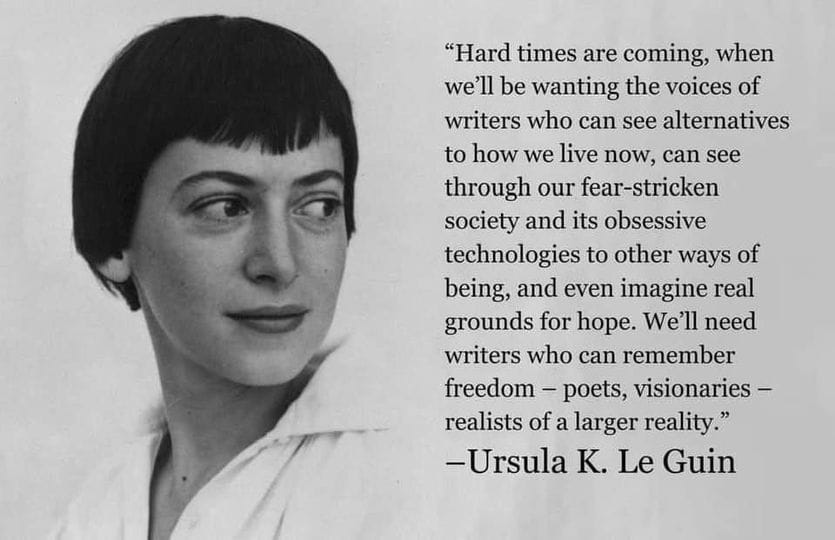
Le Guin’s legacy in the realm of literature is profound and enduring. Her works have continually inspired not only her contemporaries but also new generations of writers and readers. Moreover, her deft handling of complex themes — including cultural diversity, speculative realism, and ecological stewardship — ensures her continued relevance in modern literary and social discussions. Through her diverse body of work, Ursula Le Guin has indelibly shaped the landscape of contemporary literature, illustrating the unparalleled power of speculative fiction to question, to challenge, and to transform our understanding of the world.
